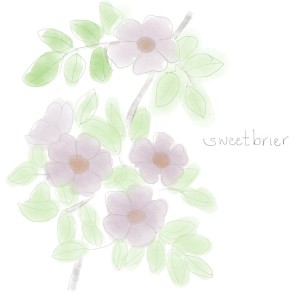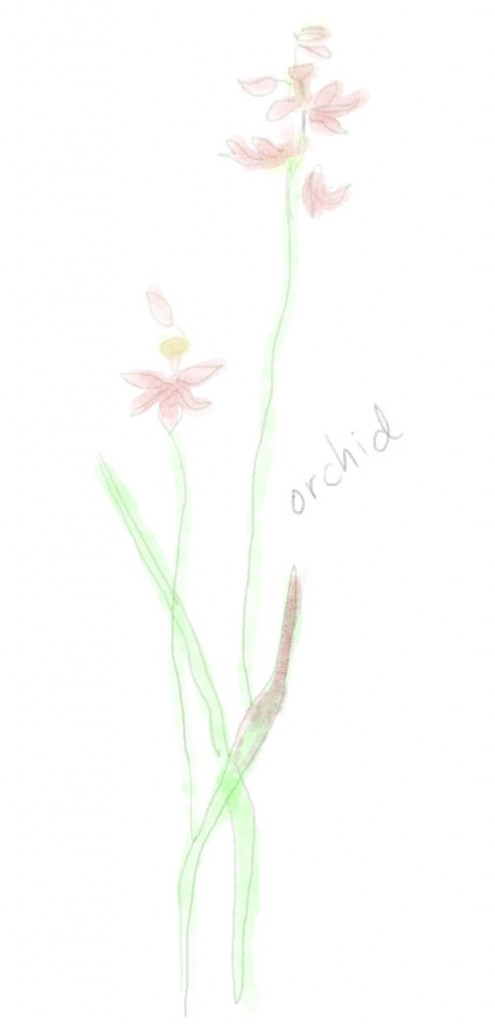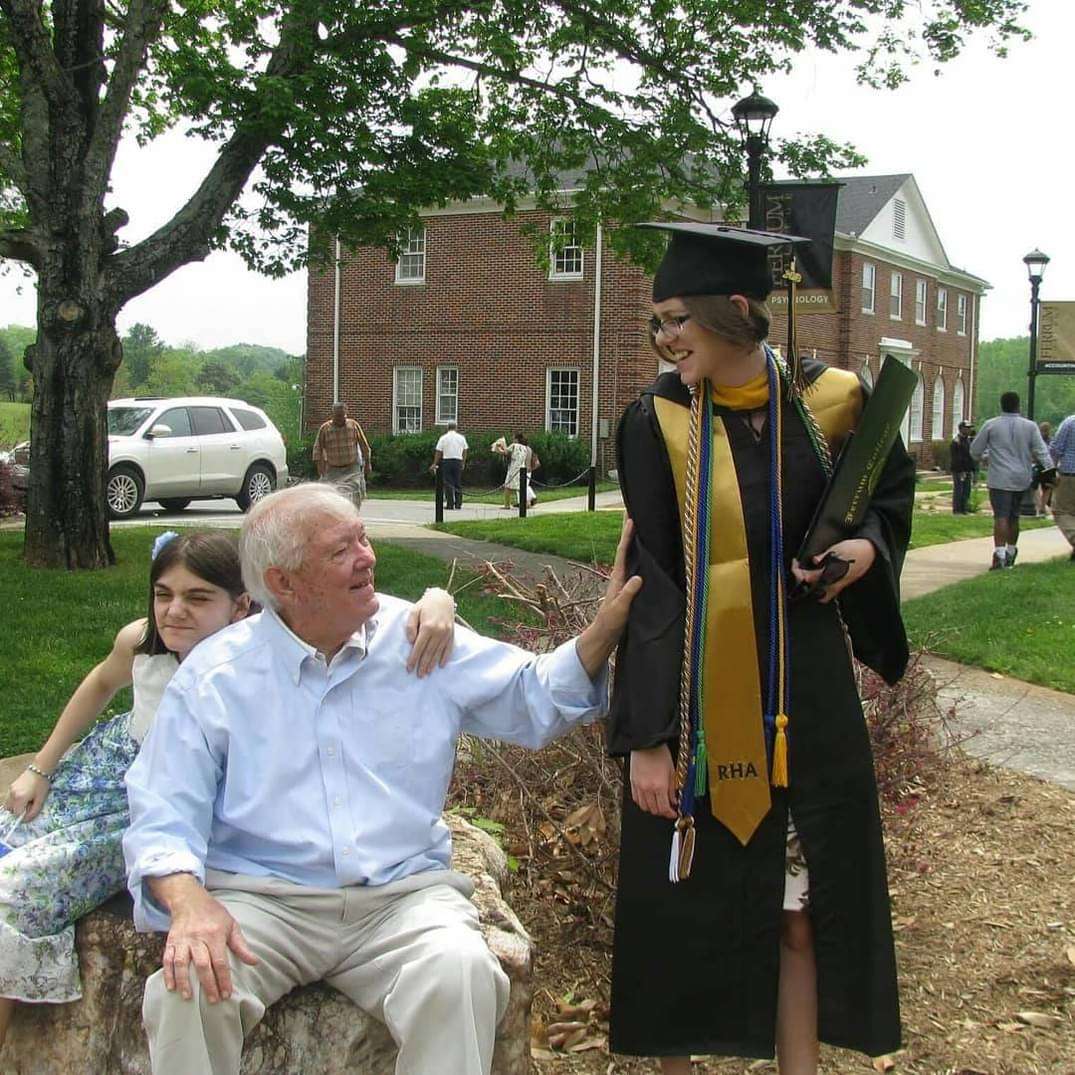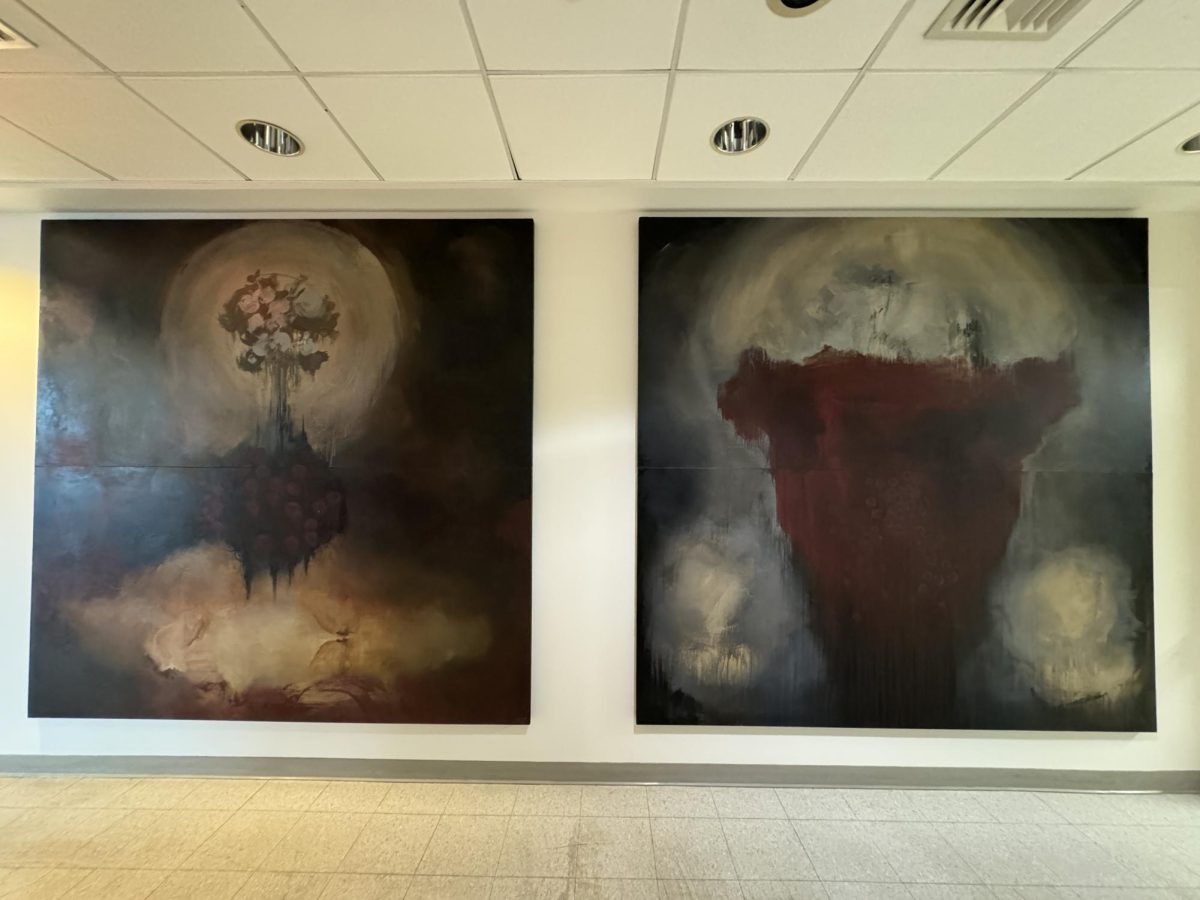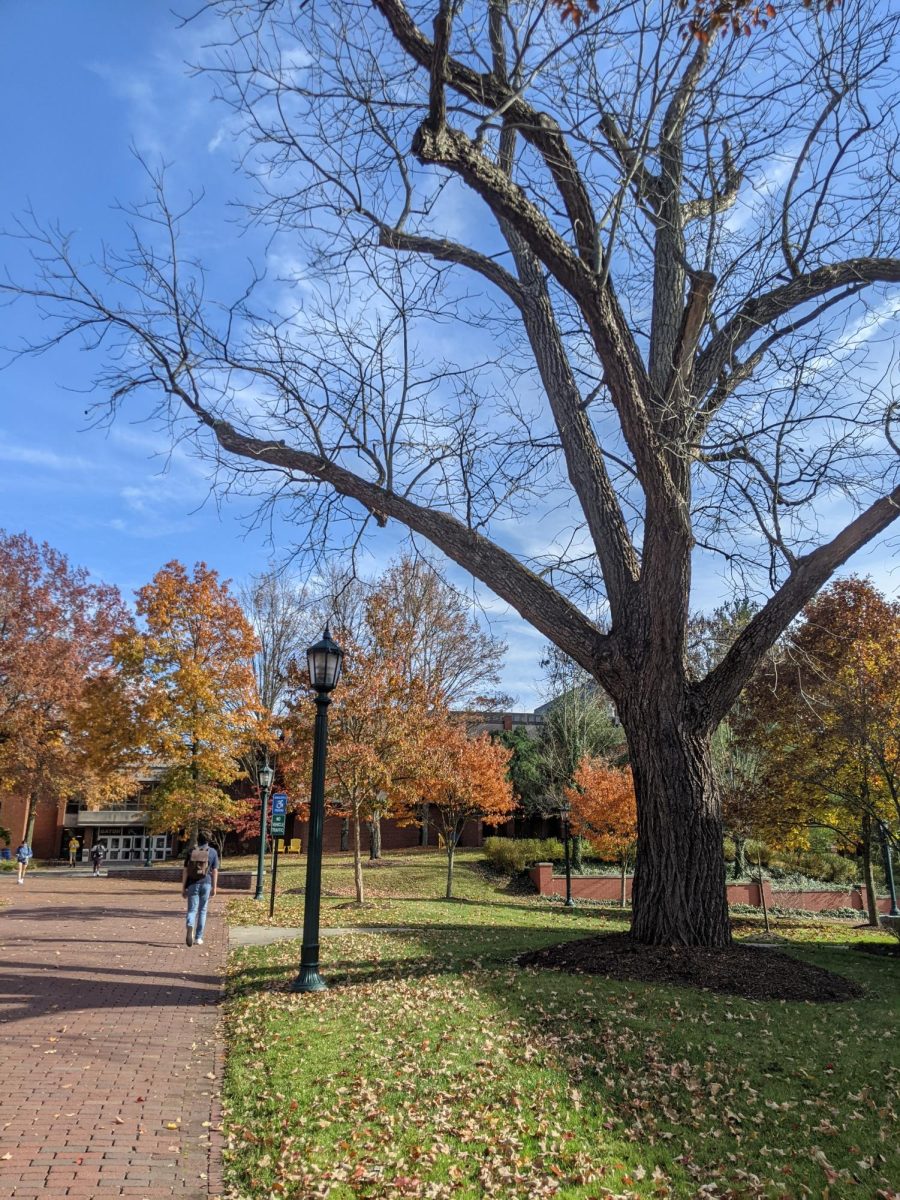It is Sunday, September 3, 1854 in Concord, Massachusetts, and the white hardhack is past bloom. The bayberry bushes have not yet produced their waxy fruit, but the sweetbrier and milkwort grow full in the meadow past Hubbard Hill. This week, the teaberries will redden, the cinnamon ferns will wither to yellow, and the grapevines will ripen on their bowers.
Somewhere amid all of this unfolding of flowers and ripening of fruit is Henry David Thoreau, writing down everything he sees.
For eight years Thoreau travelled the woods and swamps of Middlesex County, filling journals with descriptions of the native flora as he went. By the end of the decade, he’d managed to catalogue the blooming times of over 500 wildflower species.
Thoreau’s journals are now literary artifacts, but lately they’re finding use as ecological texts because of their precise description of the old New England landscape. As documentation of complex biological rhythms especially, they are irreplaceable primary sources–data points embedded in prose.
By the mid-1850’s, Thoreau had already made his home on the northern shores of Walden Pond. Here, his intuition for the predictable, cyclical nature of plant life improved as he studied the blossoming schedules of different flowers.
“[Thoreau] thought that if he waked up from a trance, in this swamp, he could tell by the plants what time of year it was within two days,” said fellow writer Ralph Waldo Emerson.

But if Thoreau woke up from a trance in a swamp in 2012, his guess would be off by a wide margin. Modern day Concord looks significantly different from the Concord of Thoreau’s journals.
For one, the composition of wildlife is different now than it was then. But the timing of it is different, too; flowering, migration, hibernation, and breeding cycles have all shifted. These kinds of periodic biological events are known as phenologies, and phenologies change with climate factors like temperature, light, and rainfall.
As greenhouse gases and fossil fuels warm the earth, phenologies are cast into chaos. Unfortunately, the subtleties of changing phenologies are often lost with centuries-old ecological records; what few records were kept are now scattered between personal collections and the bottoms of museum drawers.
Thus, researchers in New England were relieved to find in Thoreau’s unpublished journals an easily accessible and unusually detailed account of a 19th century ecosystem. Richard Primack, professor of biology at Boston University, and Abraham Miller-Rushing, science coordinator for the Acadia National Park in Maine, were interested mostly in the ecological effects of climate change over time.
The pair looked specifically to historical texts like Thoreau’s for the early data sets that they needed for comparison to their own data. Flowers in Concord are, on average, blooming a full ten days earlier than they were in the 1850s. The Boston metropolis area near Concord is much warmer than any 19th century countryside would have been; cities, after all, trap and absorb heat in pavements, buildings, and parking lots in a phenomenon called the urban heat island effect.
Just over a quarter of the species described in Thoreau’s notes no longer exist at all in the Concord area, and 36% of the formerly common species are now very rare. In some cases, a single flower is all that remains. Among those that have seen a major decline: buttercups, goldenrods, thistles, dogwoods, lilies, mints, orchids, primroses, violets and roses.
Species with inflexible flowering dates suffered the most, for reasons that are not entirely clear. Plants that can flower earlier in warmer periods may receive a head start in competing for space and sunlight, leaving plants with late blooming periods fewer ecological resources for growth and reproduction.
Many of the plants that adapted well to climate shifts were non-native, invasive varieties like European purple loosestrife, which was brought to North America as an ornamental in the 1800s. Purple loosestrife crowds out native wetland grasses and flowers, including its near twin, the hardhack. Primack and Miller-Rushing found that native species made up only 61% of Concord’s flora, down from 79% in Thoreau’s era.
Primack and Miller-Rushing hope to encourage the use of historical records in phenological studies like theirs. Thoreau’s journals were a lucky find for their own fieldwork, but Thoreau operated within a greater tradition of environmentally and ecologically hyperconscious writing that continued long after his death.
Dozens of naturalists have written their own useful slices of past landscapes. This month, for instance, the field notes of Aldo Leopold (and later, his daughter) were used to recreate the ambient soundscape of 1940s Wisconsin farmland. Leopold was a renowned conservationist and the author of a classic in environmental literature, A Sand County Almanac. He kept such excellent track of the local birds that his notes became a kind of transcript for their songs. All scientists had to do was piece together recordings of the corresponding bird calls from Cornell’s ornithology library.
Leopold’s Wisconsin was a quiet place, but today it echoes with the constant industrial rumblings of development. The joy of the audio simulation is that the bird’s songs are distilled by the silence of the past.
Like the plants of Concord, many of Leopold’s birds have since left or changed their schedules. And though Walden Pond has remained undeveloped and, perhaps, as idyllic as ever, it has changed too.
If unseen biological rhythms form the pulse of a landscape, phenologists and naturalists keep their finger pressed against it, counting and listening. They hunker down and watch the slow, slow changes in the flower’s timing and the bird’s song.
“All change is a miracle to contemplate,” wrote Thoreau, “but it is a miracle which is taking place every instant.”



